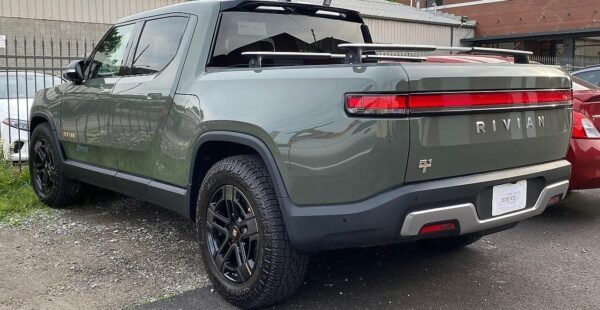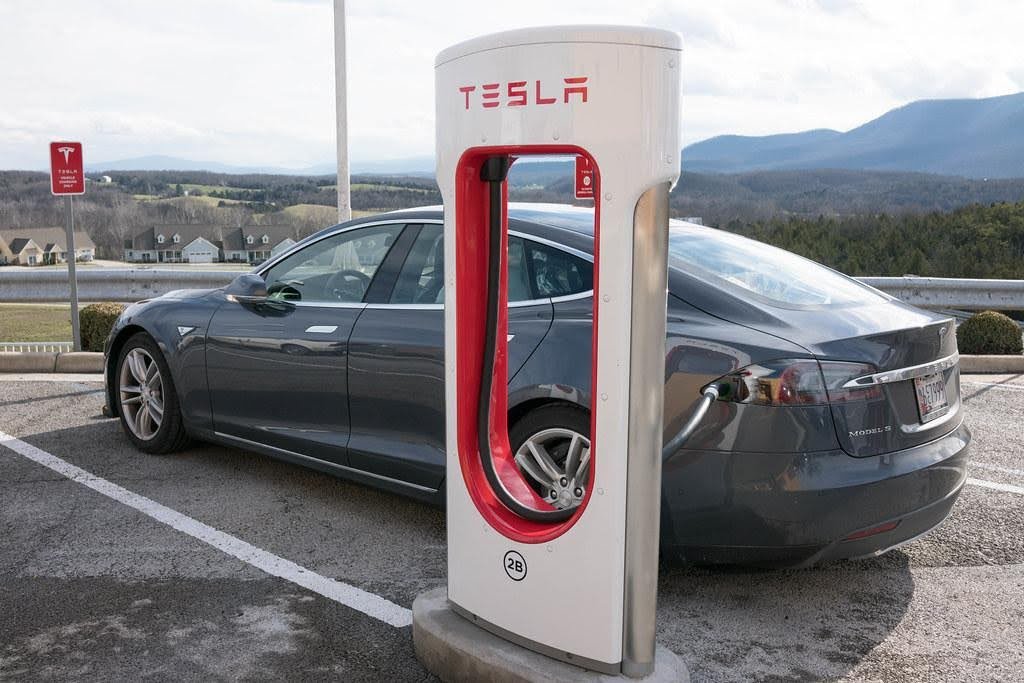Known as cars powered by electric motors, instead of traditional gasoline, they come in both hybrid battery-engine models as well as sole battery-run models.
We are in an automotive revolution right now. Gone are the days when the sound of a roaring engine was only considered a symbol of power on the road. Now, Silence is the new roar. All credit to the growth of electric vehicles (EVs). What began as a niche market is now barreling headlong into the mainstream, redefining how we drive, fuel, and even think about transportation.
So, what’s the reason for this shift?
The Rise of Electric Vehicles
A decade ago, EVs were considered experimental. They were limited in range, had high price tags, and lacked charging infrastructure, making them a hard sell. Only the eco-conscious or tech enthusiasts paid attention.
Fast forward to today, and the picture couldn’t be more different. EVs have crossed a threshold from fringe to fashionable. One has likely noticed an uptick in Teslas, Rivians, and Mustang Mach-Es on the road. It’s not a coincidence. Increasing environmental awareness, stringent emissions requirements, and significant strides in battery technology have put electric mobility center stage.
Governments everywhere are putting deadlines on the sales of internal combustion engine (ICE) vehicles for 2030 or even sooner. That’s not only pressure — it’s a ticking clock for car makers. And they’re responding with electric strategies, massive R&D investments, and full-electric lineups.
Current Advancements
The rise of Electric vehicles is already pacing fast. Let’s dive into its various aspects:
Battery Tech: The arguably most important component of any EV, the benchmark today, is the lithium-ion battery, which has been vastly increased in capacity and efficiency. Most new EVs deliver ranges of 300 miles or more on a full charge. And while companies such as CATL and Panasonic have been at the forefront of battery density innovations, startups have been testing solid-state batteries. These have the potential for greater energy density, quicker charging, and greater safety, without the risk of overheating.
Changing Public Transportation: The rise in E-auto rickshaws is taking over traditional fuel-powered rickshaws rapidly. It symbolises a changing picture of public transportation.
Charging Infrastructure: One major barrier towards EV adoption in the past has been the anxiety of charging. That problem is not evident anymore. The global charging network is growing fast. DC fast chargers can replenish 80% of the battery in under 30 minutes. Tesla’s Supercharger network, for instance, is a game-changer—and soon, it’ll open to non-Tesla EVs too. Wireless charging tech is also being tested, where the car charges just by parking over a pad. Neat, right?
Performance: EVs aren’t just efficient—they’re fast. Instant torque delivery means even family-friendly EVs can go from 0 to 60 mph in under five seconds. High-performance models like the Porsche Taycan and Tesla Model S Plaid are giving traditional supercars a run for their money.
Software & Connectivity: Unlike traditional cars, EVs run on smart systems. Over-the-air (OTA) updates allow manufacturers to upgrade a vehicle’s software without its owner ever stepping into a service center. Features like adaptive cruise control, lane-keeping assistance, and full self-driving beta modes are already being tested—and improved—with real-time data.


Future Mobility Trends
Now, here’s where things get exciting:
Autonomous Driving: Electric vehicles are now considered the backbone of autonomous mobility efforts. EV architecture is centered around centralized computing and sensor placement, making them perfect candidates for self-driving tech. Companies like Waymo, Tesla, and Apple are racing to build self-driving vehicles. We’re not quite there yet, but Level 3 and 4 autonomy (partial to high automation) is no longer science fiction.
Vehicle-to-Grid (V2G): This one is The Biggest Achievement! Soon, our cars won’t merely use electricity — they’ll pass it along. With V2G tech, the EV can be used as energy storage, feeding power back to the grid during peak demand. Imagine powering your home during an outage straight from your car. That’s more than convenience—it’s resilience.
Shared Mobility & Subscription Models: Ownership models are evolving, too. Why buy when we can subscribe? More automakers are offering flexible EV leasing or subscription services. Combine that with autonomous fleets, and witness a future where personal car ownership might not be the norm.
E-Mobility Ecosystem: The EV movement is extending beyond cars. Electric bikes, scooters, delivery vans, and even aircraft are being electrified. Urban planners are already redesigning cities to support these cleaner, quieter modes of transport.
Sustainability and Recycling: As battery production ramps up, so does the need for responsible sourcing and recycling. Companies are exploring closed-loop battery systems to minimize waste. The goal? Making EVs not just zero-emission on the road, but accessible throughout cradle to grave.
Global Surge: Rabobank estimates EVs could account for more than 30% of passenger vehicle sales by 2030. The IEA projects that EV sales in the U.S. could account for almost one-fifth of total passenger car sales by 2035.
Conclusion
The electric vehicle revolution isn’t just brewing — it’s already here. From superior batteries and quicker chargers to more intelligent cars and pollution-free cities, we are witnessing a significant transformation in mobility. Sure, challenges are there. Infrastructure must catch up. Battery recycling must scale. And yes, EVs still carry a premium initial outlay in many places. But the direction is clear — and irreversible. Even if you are a gearhead or are commuting daily or simply someone sick of overpaying at the pump, EVs can be your go-to partner. One doesn’t have to be an engineer to appreciate that. So, buckle up. Because of this journey into electric mobility? It’s not slowing down anytime soon.
References
https://en.wikipedia.org/wiki/Electric_vehicle
https://en.wikipedia.org/wiki/Tesla,_Inc.
https://en.wikipedia.org/wiki/Rivian
https://www.ford.com/suvs/mach-e/
https://en.wikipedia.org/wiki/Internal_combustion_engine
https://en.wikipedia.org/wiki/Lithium-ion_battery
https://en.wikipedia.org/wiki/CATL
https://en.wikipedia.org/wiki/Panasonic
https://en.wikipedia.org/wiki/Electric_rickshaw
https://evsafecharge.com/dc-fast-charging-explained/
https://www.porsche.com/middle-east/_india_/models/taycan/taycan-models/taycan/
https://www.tesla.com/models
https://en.wikipedia.org/wiki/Over-the-air_update
https://en.wikipedia.org/wiki/Self-driving_car
https://en.wikipedia.org/wiki/Waymo
https://en.wikipedia.org/wiki/Apple_Inc.
https://www.imaginationtech.com/future-of-automotive/when-will-autonomous-cars-be-available/what-are-the-levels-of-autonomy-in-self-driving-cars/
https://www.virta.global/vehicle-to-grid-v2g
https://www.gensol.in/ev-leasing-manufacturing
https://discoverenergysys.com/component/content/article/983-benefits-of-closed-loop-charging
https://en.wikipedia.org/wiki/Rabobank
https://www.iea.org/
https://www.continental.com/en/products-and-innovation/innovation/automated-driving/


